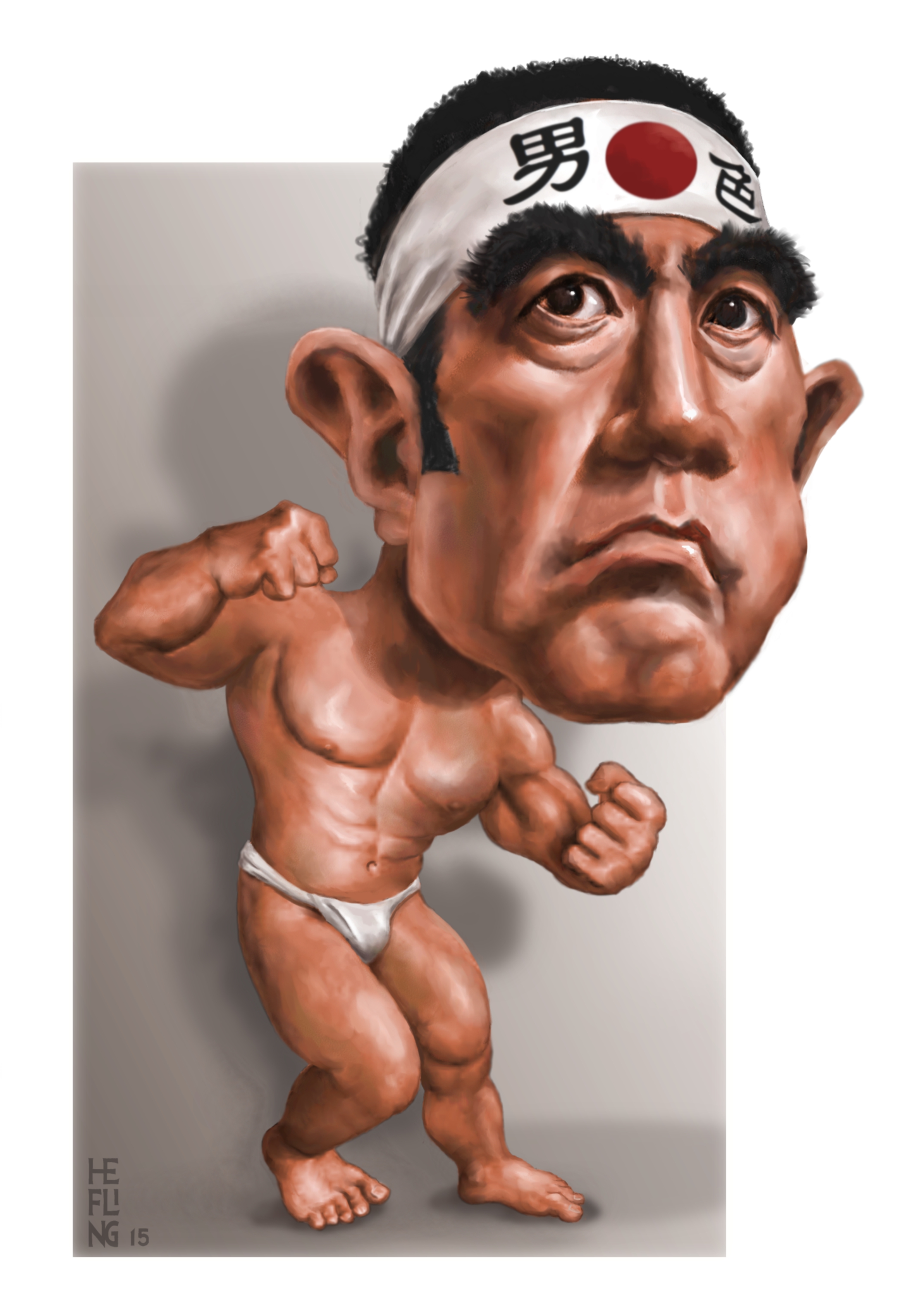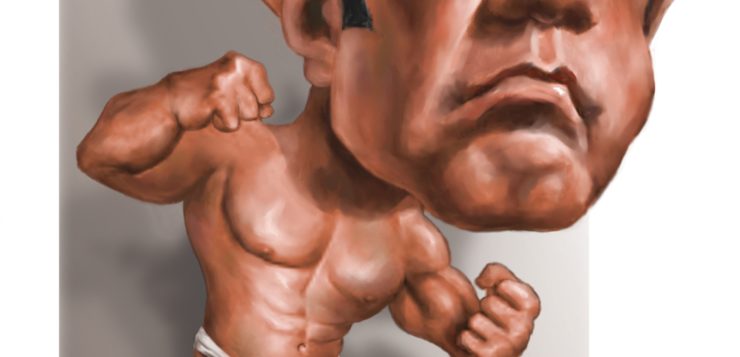Translated by Mark Oshima
What follows is the first English translation of a piece by the great Japanese novelist, poet, and playwright Yukio Mishima (1925–1970), which appeared in the September 1966 issue of Higeki Kigeki(“Tragedy and Comedy”).
AS YOU CAN SEE from his photograph, Tennessee Williams looks like a Southerner, an ordinary-looking, slightly plump man with a short mustache. From the eccentric nature of his works, you might imagine a pale and skinny, high-strung man, but he doesn’t look anything like that. He looks perfectly ordinary and he speaks with a Southern drawl. He seems for all the world like nothing but the owner of a small plantation by the Mississippi River.
But still, there is no doubt that he is a great playwright, a great artist. But unlike the image of the artist in Japan, in America there is a bit of a romantic nuance. The artist is imagined as being uncontrolled and selfish, capricious and eccentric, highly individualistic, demanding and difficult to deal with. The American writer is not a part of larger organizations of writers, as in Europe, and all business matters are left to their agents. So, in America, since writers can make a living working in a solitary state, that is why this romantic image still remains. Tennessee Williams is indeed this kind of romantic figure. It is not accidental that he was extremely attracted to novels by Dazai Osamu like The Setting Sun and No Longer Human in English translation. Dazai was a wild child of a good family in the Tohoku region of Japan. Dazai’s decadence and desire to recover himself probably seemed to Tennessee Williams, born in the American South, as a portrait of himself.
 But for a variety of reasons, it is not very good for a playwright to like Dazai. The weakness of the architecture of Tennessee’s plays and their hysterical impressionism is reminiscent of Dazai. It was not so bad once Dazai was dead, but while he was alive, he was always opening up his wounds and showing them off and using this to condemn the hypocrisy of others. That is like trying to be an austere Indian ascetic in the middle of material civilization. Tennessee was probably most successful with this approach in A Streetcar Named Desire. It was outstanding for its sense of the lyricism of isolation, its purity and self-mockery. Blanche comes to symbolize the South in a way that is approached by none of the other characters in the play.
But for a variety of reasons, it is not very good for a playwright to like Dazai. The weakness of the architecture of Tennessee’s plays and their hysterical impressionism is reminiscent of Dazai. It was not so bad once Dazai was dead, but while he was alive, he was always opening up his wounds and showing them off and using this to condemn the hypocrisy of others. That is like trying to be an austere Indian ascetic in the middle of material civilization. Tennessee was probably most successful with this approach in A Streetcar Named Desire. It was outstanding for its sense of the lyricism of isolation, its purity and self-mockery. Blanche comes to symbolize the South in a way that is approached by none of the other characters in the play.
Mark Oshima is a kabuki scholar and translator based in Tokyo. His translations include Mishima’s Black Lizard, which will have a staged reading at the Tennessee Williams Festival in Provincetown in Sept. 2019.







